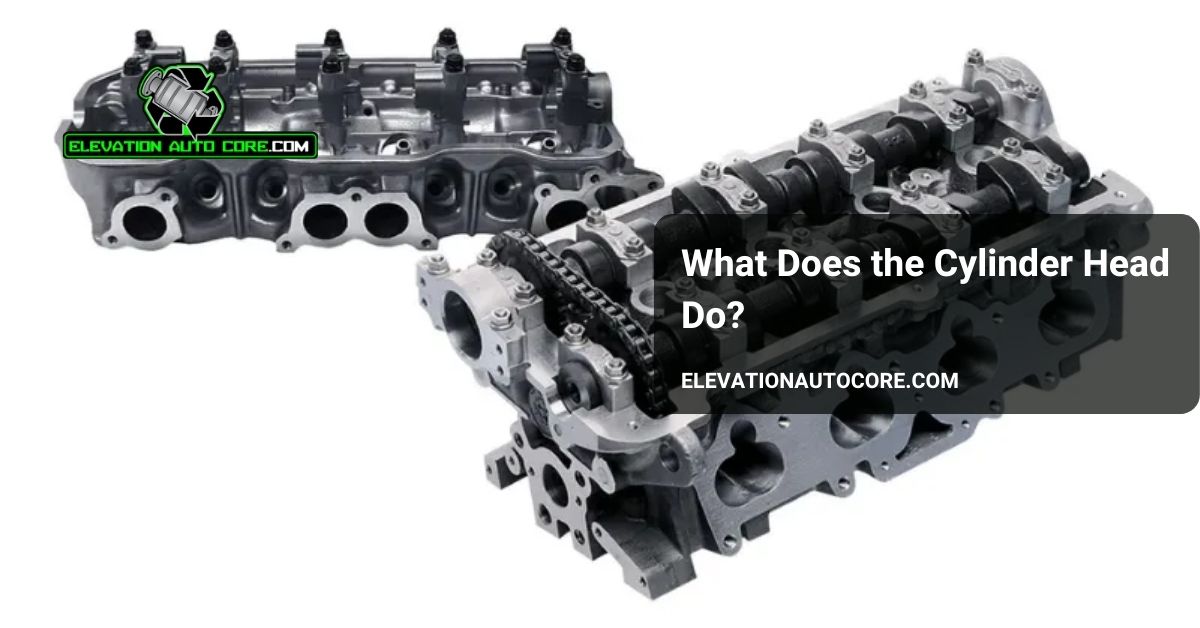What does the cylinder head do, and why is it so crucial to your engine’s performance? This essential component plays a key role in your vehicle’s combustion process, ensuring everything runs smoothly and efficiently. Understanding its function can help you spot potential issues early and keep your engine in top shape—so keep reading to learn more.
Understanding The Cylinder Head
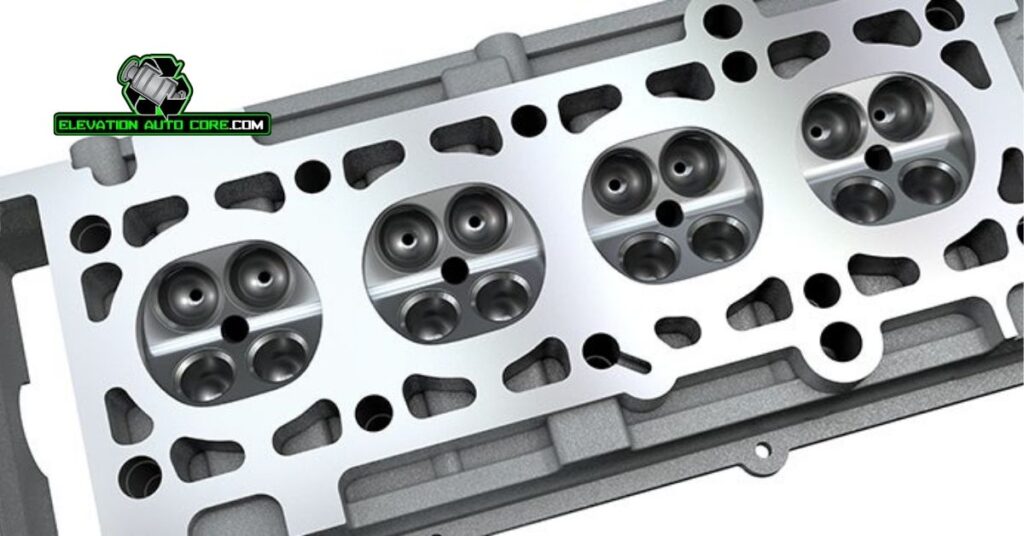
The cylinder head plays a vital role in an engine’s operation. It provides the housing for multiple essential components that ensure smooth combustion and overall engine performance.
Anatomy Of A Cylinder Head
A cylinder head is a solid metal component, typically made of aluminum or cast iron. It sits on top of the engine block and seals the cylinders with a head gasket. Its design includes passages for air, fuel, and exhaust gases, and channels for coolant flow. Plus to these features, it has spaces for spark plugs in gasoline engines or fuel injectors in diesel engines. This structure integrates various systems to help efficient engine operation.
Key Components And Their Functions
The cylinder head contains several critical components, each with unique functions.
- Valves: Intake and exhaust valves regulate the flow of air-fuel mixture into the cylinder and expel burnt gases afterward. Proper valve timing is critical for optimal combustion.
- Camshaft: This component controls the movement of valves through a series of lobes, influencing the engine’s timing and operational efficiency.
- Head gasket: Positioned between the cylinder head and engine block, it prevents the leakage of gases, coolant, and oil.
- Coolant and oil passages: These internal pathways help in heat dissipation and lubrication, protecting the engine from overheating and wear.
- Spark plugs and fuel injectors: Spark plugs ignite the air-fuel mixture in gasoline engines, while fuel injectors introduce fuel directly into the combustion chamber, particularly in diesel units.
Each element is precisely engineered to contribute to the engine’s performance, balance, and endurance.
What Does The Cylinder Head Do?
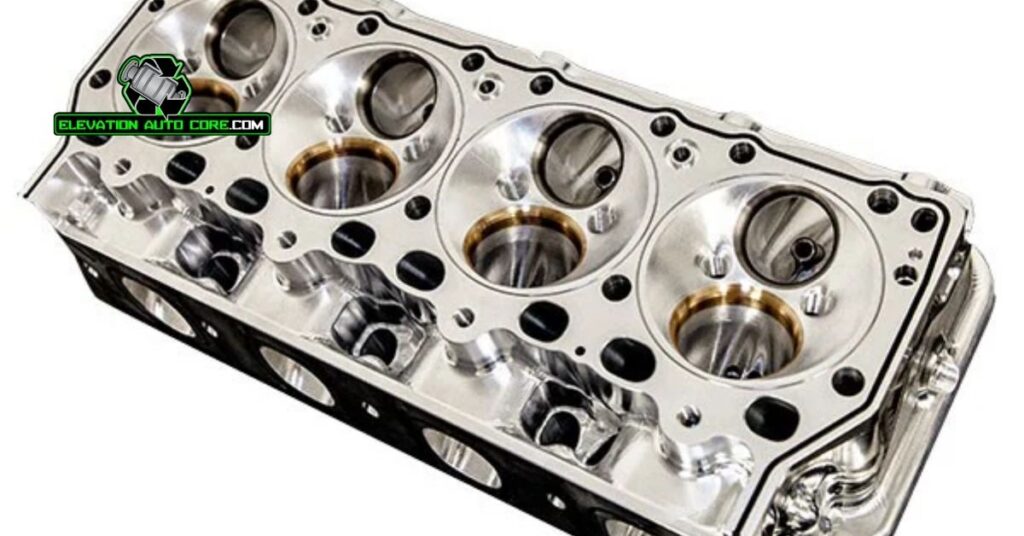
The cylinder head plays a critical role in supporting engine performance. It manages several essential processes to ensure combustion, cooling, and lubrication function effectively.
Role In Engine Efficiency
You rely on the cylinder head to regulate intake air and fuel flow into the cylinders. It optimizes the combustion timing, helping the engine produce power efficiently. Controlling the mix of air and fuel impacts fuel consumption and emissions. Channels within the cylinder head ensure coolant moves effectively, reducing the risk of overheating.
Impact On Combustion Process
The cylinder head enables precise combustion by housing components like valves and spark plugs. Intake valves allow air and fuel to enter the cylinder, while exhaust valves release burnt gases. Spark plug placement ensures fuel ignites properly, supporting combustion. If this process fails, power and engine performance decrease.
Contribution To Engine Cooling And Lubrication
Coolant passages in the cylinder head dissipate heat from combustion. This prevents engine components from overheating. Oil passages lubricate moving parts like valves and camshafts, reducing wear. Without proper cooling and lubrication, engine parts can degrade or seize over time.
Types Of Cylinder Heads
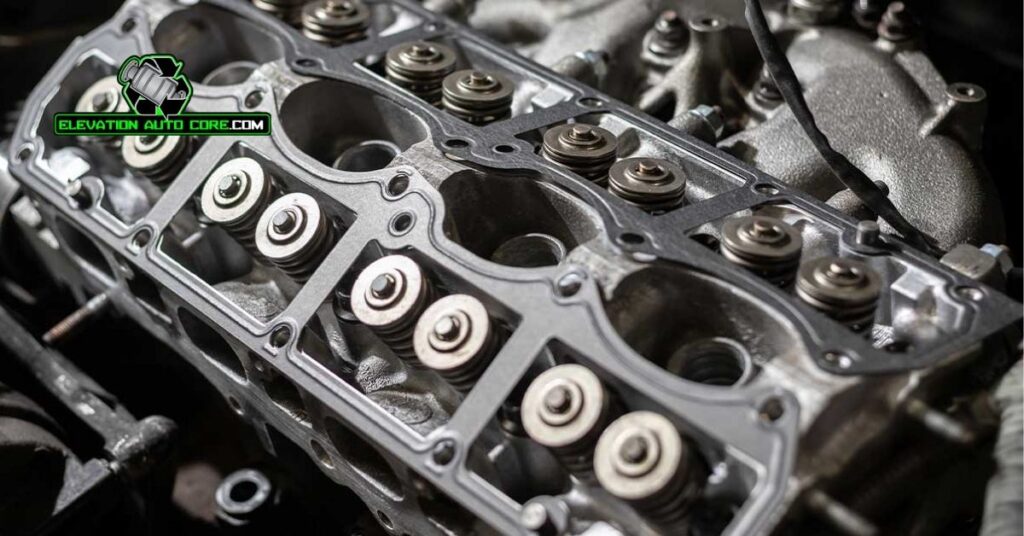
Cylinder heads come in different designs, each impacting engine performance, efficiency, and maintenance. Choosing the right type depends on the engine’s intended use and desired output.
Single Overhead Camshaft (SOHC)
A single overhead camshaft layout places a single camshaft above the cylinder head. This camshaft directly controls the intake and exhaust valves, making the design simpler compared to others. SOHC heads typically provide good fuel efficiency and are easier to maintain due to fewer components. Engines utilizing SOHC are often more compact, which is ideal for vehicles prioritizing reliability over high performance.
Double Overhead Camshaft (DOHC)
Double overhead camshaft heads include two camshafts positioned above the cylinder head. One camshaft operates intake valves, while the other controls exhaust valves. DOHC designs enhance airflow and enable engines to use multiple valves per cylinder, increasing power and efficiency. This configuration is common in performance-focused vehicles as it allows for higher RPMs and better combustion precision, albeit requiring more complex maintenance.
Flathead Cylinder Heads
Flathead designs feature valves located beside the cylinder rather than above it. This simpler configuration reduces manufacturing costs and minimizes potential mechanical failures. But, flathead cylinder heads provide less efficient airflow compared to overhead cam designs. Although no longer common in modern engines, flathead heads were widely used in early automobiles and small machinery due to their robust and straightforward construction.
Maintenance And Common Issues
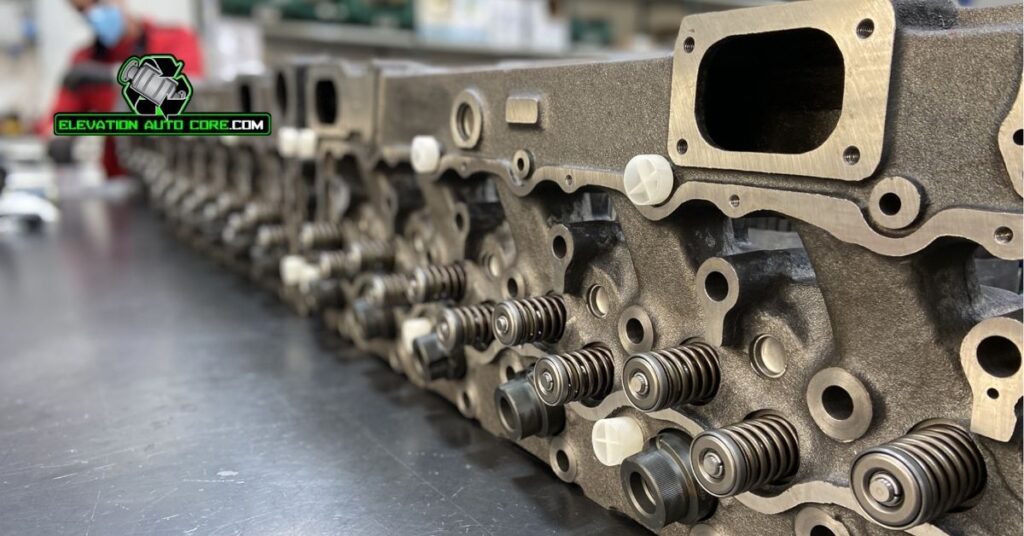
Regular maintenance and awareness of common issues can help extend the cylinder head’s lifespan and ensure efficient engine performance. Addressing problems early prevents costly repairs and engine damage.
Signs Of A Faulty Cylinder Head
Leaks around the cylinder head area often indicate damage, especially if coolant or oil is visible. Performance issues like misfires, loss of power, or rough idling can result from warped cylinder heads or failed valves. Overheating is another warning sign, often caused by compromised coolant passages or cracks allowing pressure loss. Exhaust smoke, such as white or blue emissions, typically suggests head gasket failure or oil leakage into the combustion chamber.
Tips For Proper Maintenance
Inspect the cooling system regularly to prevent overheating, which can warp the cylinder head. Ensure engine oil levels remain adequate to maintain lubrication for internal components. Monitor for unusual noises, vibrations, or smoke, as these may suggest early issues with the cylinder head. Follow the manufacturer’s maintenance schedule, including replacing the head gasket when needed. Clean the air intake system periodically to prevent debris buildup, which can degrade airflow efficiency. Use quality engine oil and coolant to minimize wear and corrosion over time.
Conclusion
Understanding the cylinder head’s role is key to keeping your engine running efficiently and reliably. This critical component supports combustion, regulates airflow, manages heat, and ensures proper lubrication, all of which are essential for optimal engine performance.
By staying proactive with maintenance and addressing potential issues early, you can extend the lifespan of your cylinder head and avoid costly repairs. A well-maintained cylinder head not only enhances your vehicle’s performance but also ensures a smoother and more dependable driving experience.

